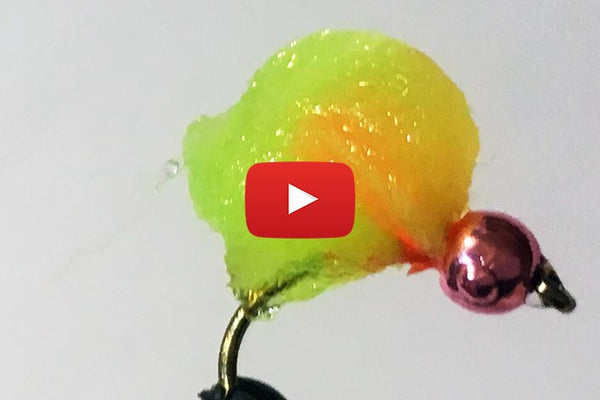Flymen Blog
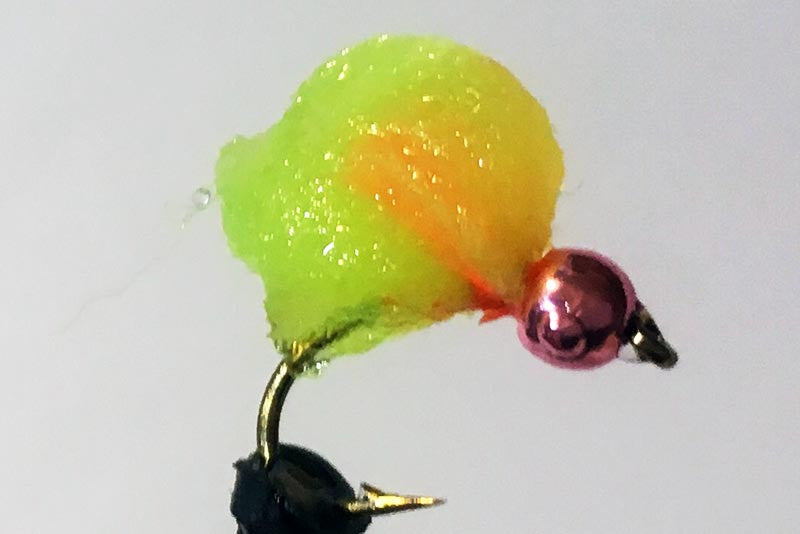
If you’re an egg-slinger and don’t have a box full of Jeff Blood’s Blood Dot Eggs, you might want to rethink your inventory.
This egg style is the single best I’ve encountered.
This fly is especially productive from October through January and March through May – or whenever the fish in your neck of the woods are spawning and eggs make up a substantial portion of the edible biomass in the water. Continue reading
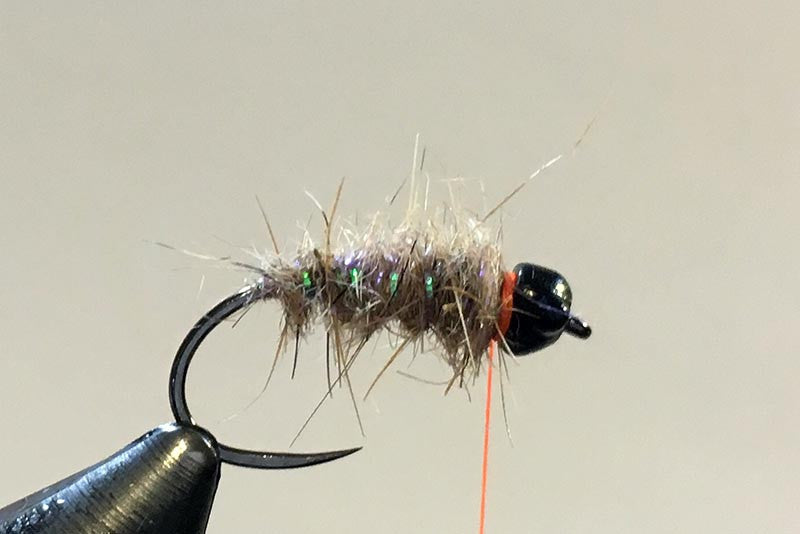
The Sexy Walt's is especially useful on highly pressured fish in slow to moderately fast-moving water.
Here’s the deal with this fly, I think. My dad has this theory – no matter how much you’ve had to eat, when you go to the bar and they pass out the peanuts, you’re going to have a handful of peanuts.
Fish are the same way. Over time, especially after a season (short or long) of pressure, fish start rethinking their meal choices. But give them a peanut, and they’ll eat. There’s no other reason midges work!
This is a peanut fly, and fish eat it up.
There’s nothing to scare fish away – no crazy rubber legs, no funky dubbing… Just simple. Continue reading
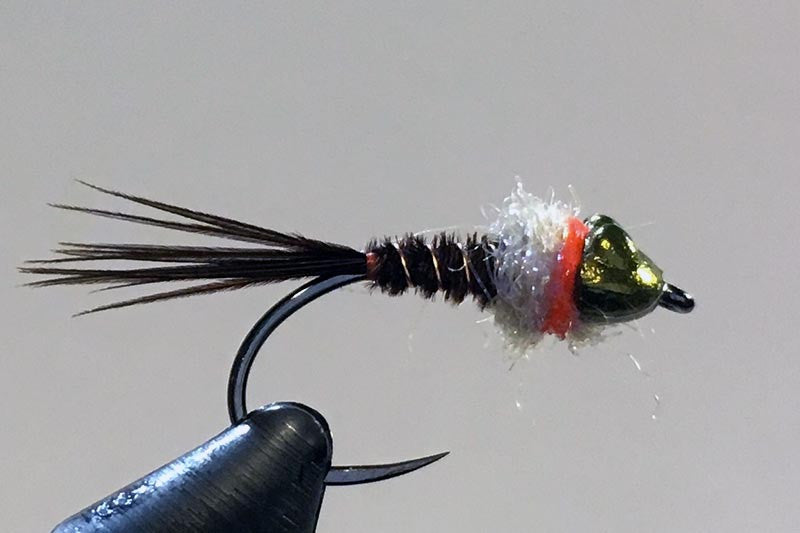
by John Zimmerman
I don’t know if the story about this fly is true or not, but this is how I first heard it and have heard it several times since.
A young French kid was kicking butt and taking names at a world championship event a number of years ago.
Not wanting to be "that guy,” no one asked him what was affixed to the end of his tippet during the event, but everyone wanted to see his fly box upon the event’s conclusion.
Expecting immaculately-tied, realistic patterns, most were shocked to see a fly box full of simply-tied bugs that were essentially bare-bones pheasant tails.
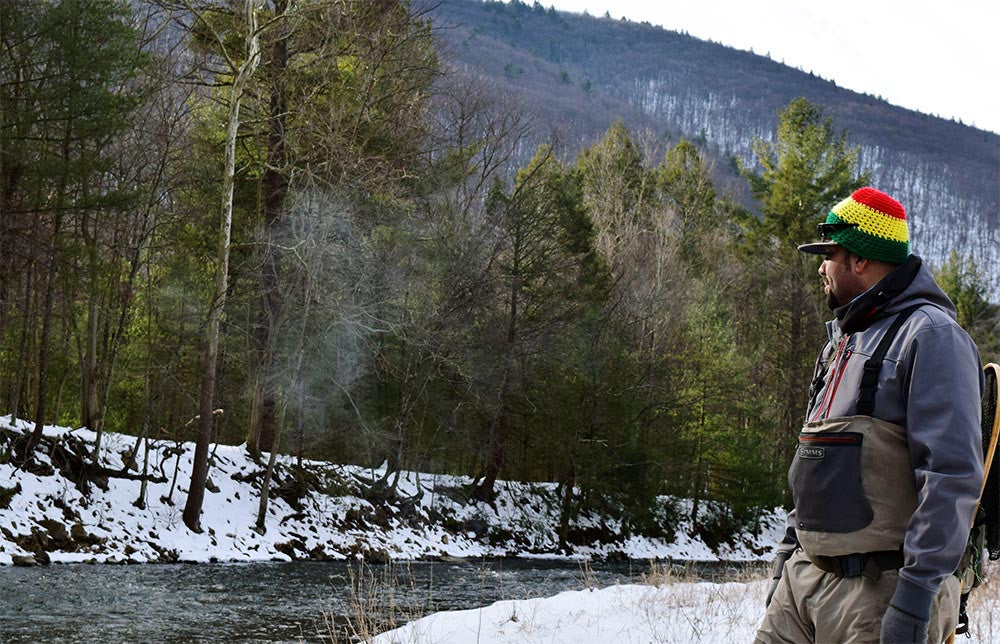
by Ben Rogers
Winter can put a damper on even the most avid angler’s day. As a Caribbean guy, I know this better than anyone.
However, if you put in the little extra effort to get out of your cozy bed and head to your nearest trout stream, you could quite possibly have one of your best days on the water.
True, fish get sluggish with cold temperatures. The slowing of their metabolisms causes them to feed less than in the warmer months.
There's one exception to this rule: post-spawn trout expended a lot of calories when they were spawning, and, once rested, they put back on the feed bag they had in pre-spawn.
This time can vary based on your geographic area, so scout and keep notes of the spawn times. Usually within a few weeks these fish are well-rested and start to feed to retain a healthy weight through the rest of winter.

by Gary Dubiel
This may seem like an odd way to start off talking about fly fishing, but let’s chat about one of the most popular and easy ways to fish inshore saltwater, the popping cork.
You’re probably thinking, “What does this have to do with anything?!”
Maybe more than you think.


